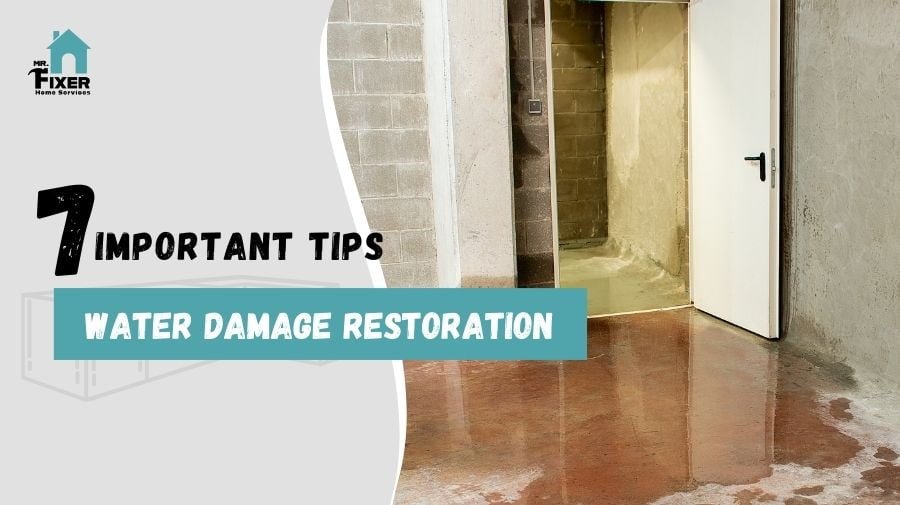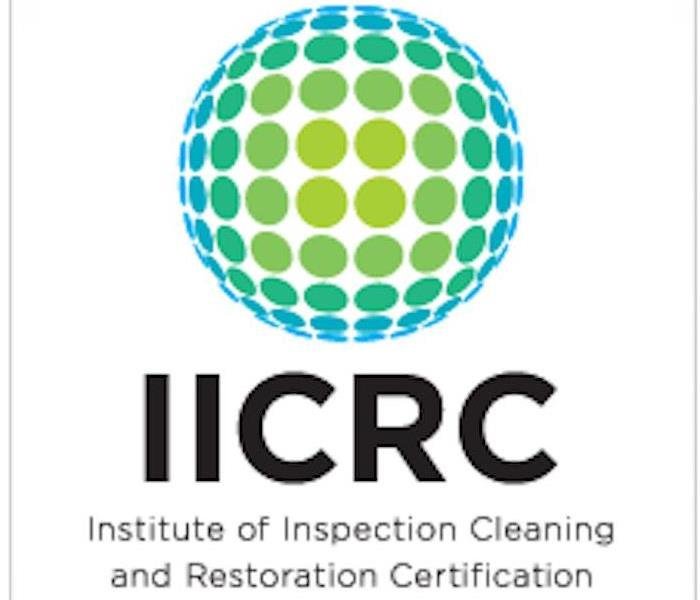7 Important Tips for Water Damage Restoration

Water damage is a serious issue, whether it’s caused by a burst pipe, a severe storm, or flooding. It’s important to act quickly and efficiently to prevent additional damage and health risks. Here are seven important tips to help you effectively manage the water damage restoration process. 1. Ensure Safety First Before beginning any restoration […]



